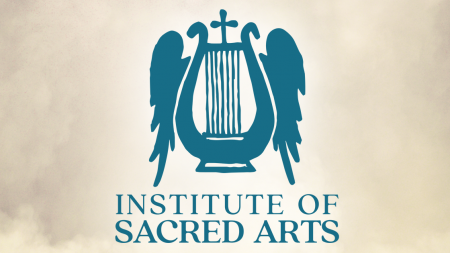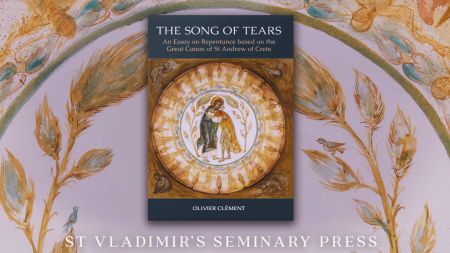Institute of Sacred Arts reveals new look

The Institute of Sacred Arts (ISA) at St. Vladimir’s Orthodox Theological Seminary (SVOTS) has unveiled a beautiful new logo.
The new ISA logo is part of the Seminary’s new branding. The Seminary unveiled its own fresh logo and colors in November when it formally announced the new branding—the first complete branding process the Seminary has undertaken in its history.
“I love this new logo, for how it looks, what it represents, and for how it reflects our wonderful team at the Seminary!” said Dr. Peter C. Bouteneff, director of the ISA.
The ISA logo is comprised of three main visual elements: the psalmist’s lyre, wings, and a cross. The psalmist’s lyre is an ancient symbol of poetry, music, and creativity. The wings evoke the unceasing praise of the angels—praise human beings participate in through sacred art. The cross at the summit of the logo is shared by the SVOTS and St. Vladimir’s Seminary (SVS) Press logos. It ties them all to the Seminary’s Values, Purpose, and Mission as an Orthodox Christian institution.
About the ISA
The Institute of Sacred Arts (ISA) at St. Vladimir’s Seminary explores the intersection of human creativity and holiness. Since its founding in 1938, St. Vladimir’s Seminary has fostered the study of icons, music and liturgy. The ISA serves to extend the Seminary’s mission in exploring the mutual relationship between theology and the arts—by contributing to the work of people and institutions that practice and reflect on the sacred arts; engaging people and institutions of all backgrounds with Orthodox artistic tradition; and inspiring wider public interest in spirituality and the arts. Learn more at www.instituteofsacredarts.com.












